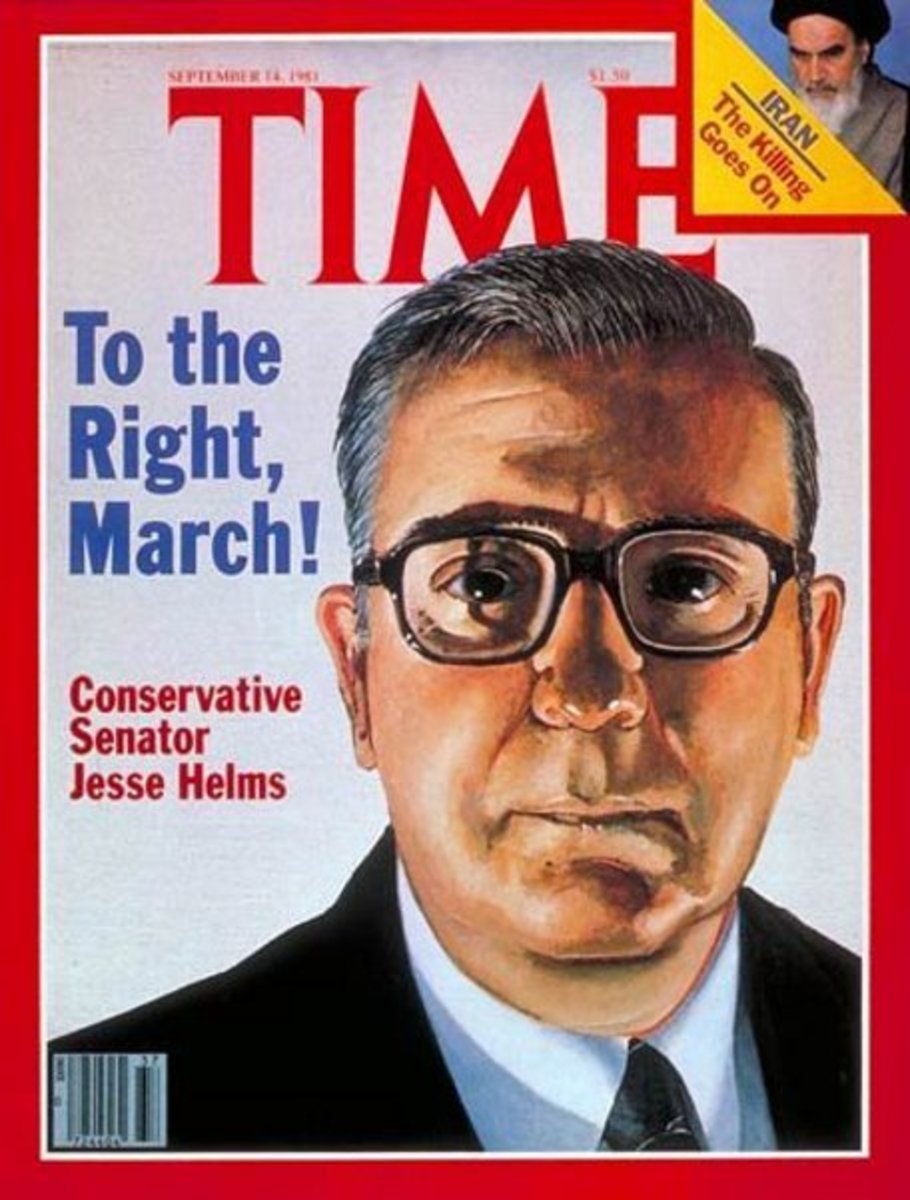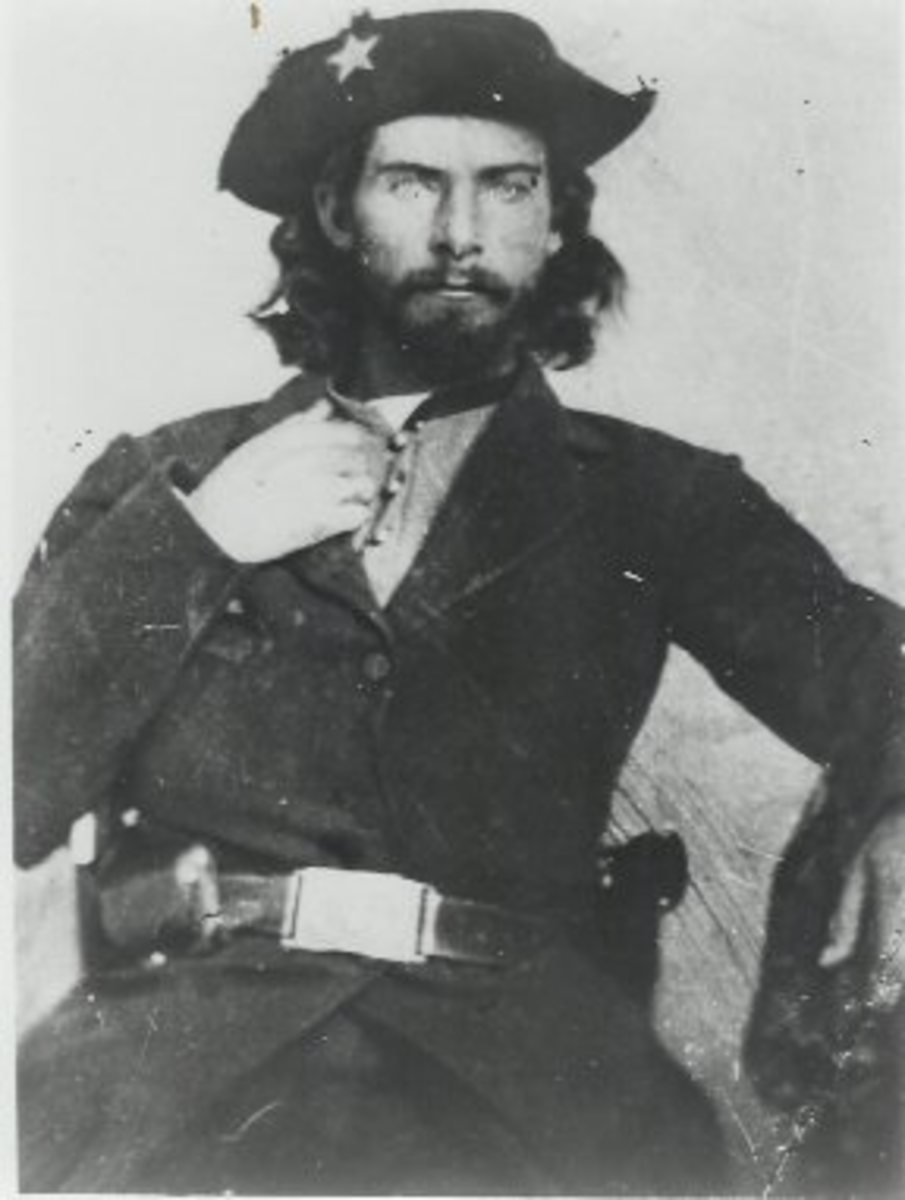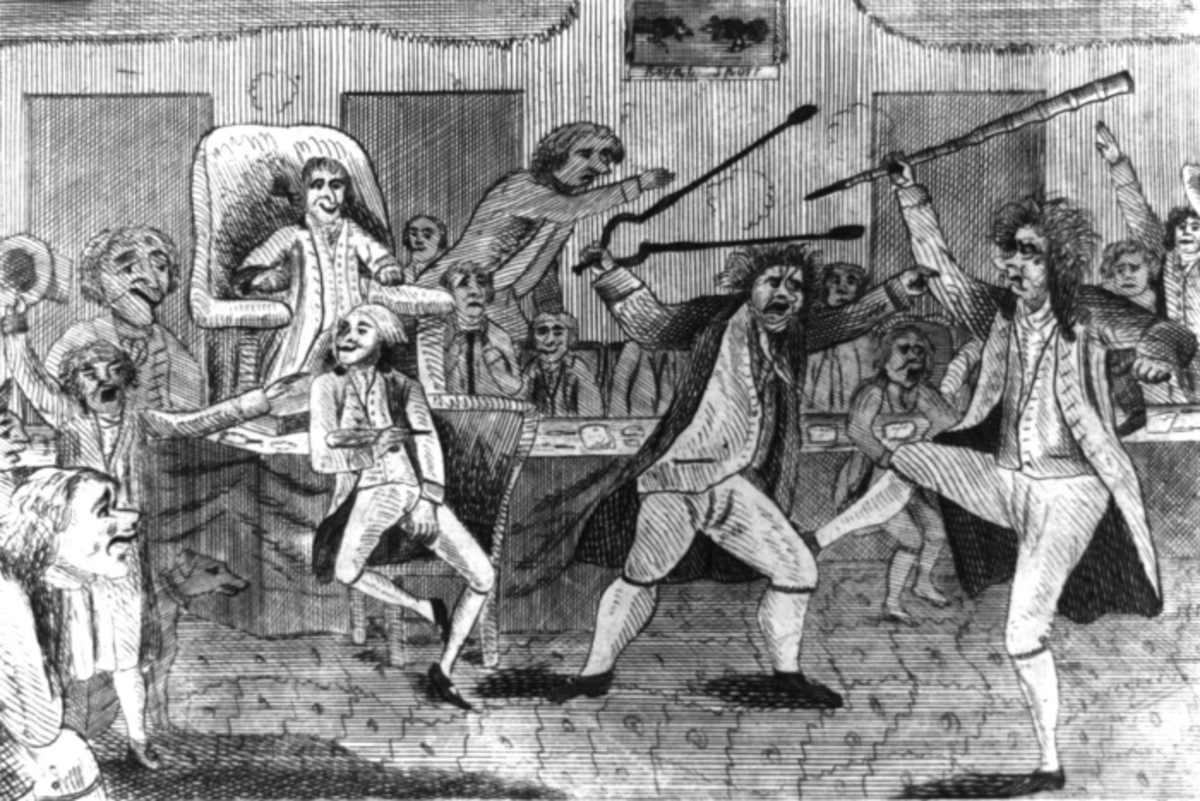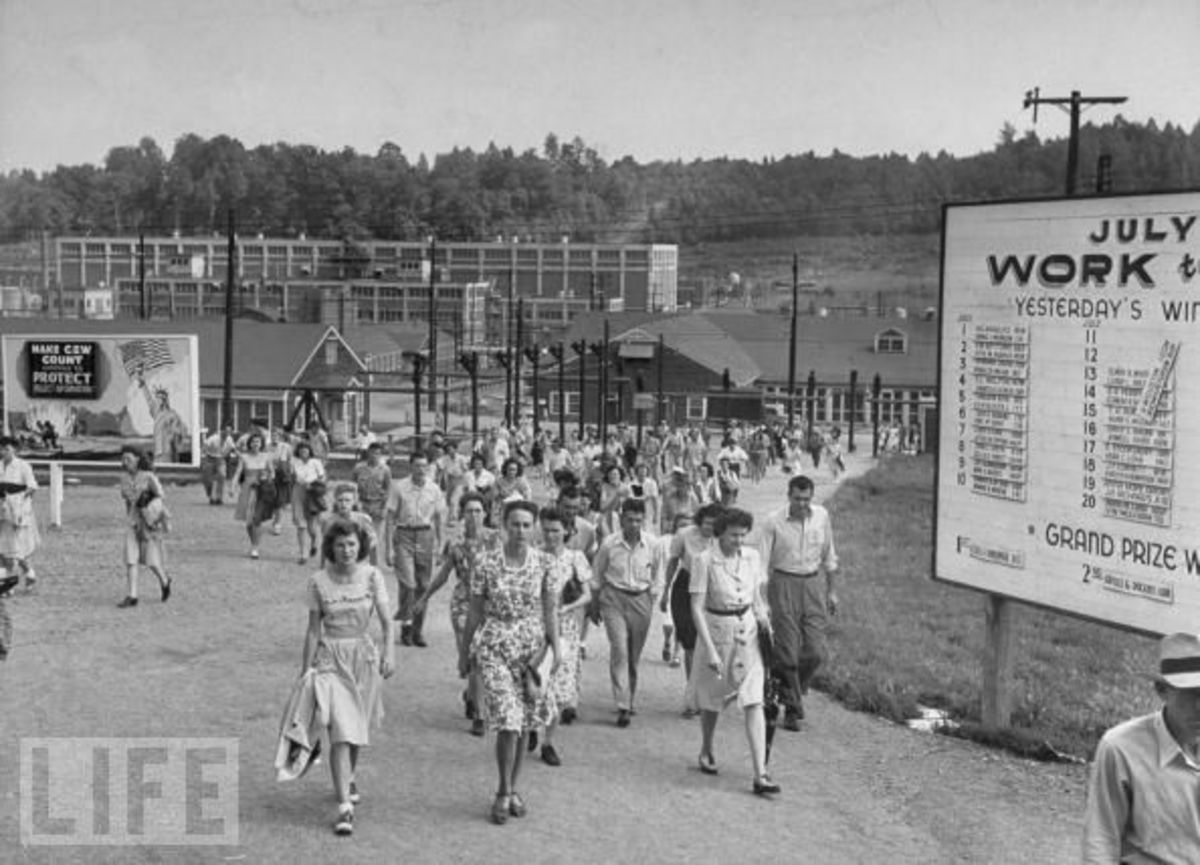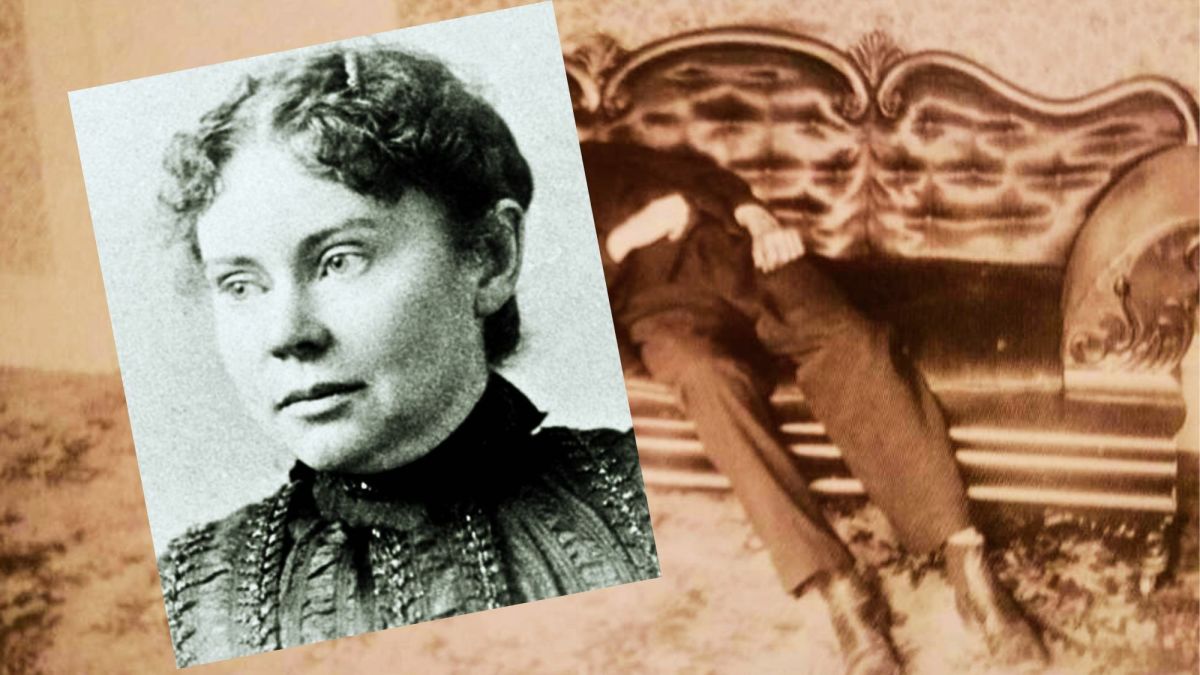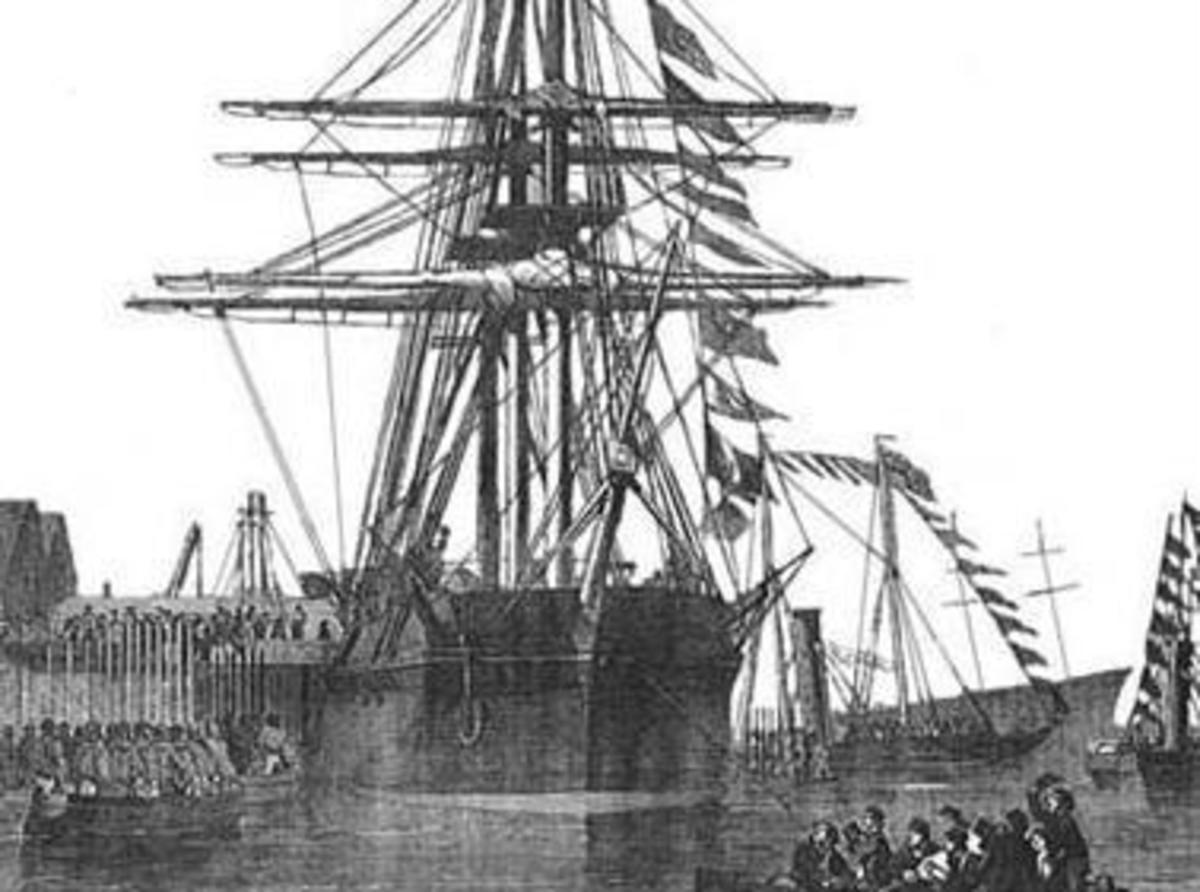- HubPages»
- Education and Science»
- History & Archaeology»
- History of the Americas
The Role of the Filibuster in the Senate
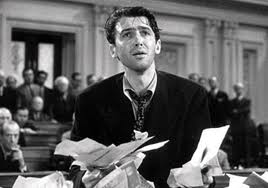
There is no mention of the word filibuster in the Constitution. The origin of the use of the filibuster can be traced back to Cato the Younger in the ancient Roman Senate. There was a rule all legislation had to be completed by nightfall. When there was legislation he disapproved of, but looked as if it might pass, Cato the Younger would simply speak until nightfall. A filibuster simply allows a minority party to endlessly debate a bill, stalling and sometimes preventing a vote. Both the House and the Senate had a rule called the Previous Question Motion, where a simple majority ended debate. The House still has this rule and no filibuster; the Senate dropped the rule in 1806.
The first filibuster in the Senate began on March 5, 1841 and lasted six days. The issue was over the firing of Senate printers. Politicians have either loved or hated filibusters – it all depends which side of the fight you’re on. Proponents argue that the filibuster protects the right of free speech and, simultaneously, protects the rights of the minority. Their position is by delaying or stopping votes the filibuster prevents the minority from being steamrollered and ensures critical legislation is fully discussed. Others disagree, claiming the process has gotten out of hand leaving bills gridlocked purely for partisan gain. The filibuster has been called the “tyranny of the minority.”
The filibuster most people are familiar with occurred in the Frank Capra movie, “Mr. Smith Goes to Washington.” Filmed in 1939, Jimmy Stewart’s character Senator Jefferson Smith’s one-man filibuster is the climax of the movie. Four years previously Louisiana Senator Huey Long had filibustered a New Deal bill for 15 hours. A filibuster can be the effort of one Senator or a combination effort by several. However, just like in the movie, they can be grand political theatre.
In 1841 the Democrats tried to block Kentucky Senator Henry Clay’s bill for the Second National Bank. Clay was so incensed he threatened to change Senate rules to allow the majority to close debate. In turn, Clay was rebuked by Missouri Senator Thomas Hart Benton for trying to stifle the Senate’s right to unlimited debate. However, in 1917 the Senate did just that. At the urging of President Woodrow Wilson the Senate passed rules allowing the Senate to end debate with a two-thirds majority vote of the Senators present. This device is known as cloture. Cloture was first used to end the filibuster against the Treaty of Versailles in 1919. The Rules for Cloture have evolved twice. First, in 1949 in an effort to make it more difficult to invoke cloture during the debate over civil rights bills the rule was changed to requiring a two-thirds vote of the entire Senate. In 1974 the rule was changed again to requiring a three-fifths vote of the Senate.
Only recently has the filibuster become a common tactic; however, today’s filibusters really aren’t what Americans think of when they hear the term. Today senators threaten a filibuster and on the basis of that threat the Senate majority leader does not submit a bill to vote until he or she is assured of a super-majority (60 members). The Senate has developed a two-track system that allows consideration of controversial legislation to be delayed while other measures proceed forward. Years used to go by without a cloture vote to end debate; more than 130 cloture motions were filed in the 110th and 111th Congresses.
In 2005 Republicans developed what was called the “nuclear option.” The idea was to have Vice-President Dick Cheney, in his role as President of the Senate, rule that Democratic filibusters of President Bush’s judicial nominees were unconstitutional. In other words, the role of the Senate in the Constitutional process is to provide “consent” for Presidential nominees. The theory being that “consent” means a simple majority, not the super-majority required to invoke cloture. Cheney did not make the move because moderate senators from both parties were prepared to block it. However, it remains a viable option today as neither the Senate nor the Supreme Court has examined it.
An organized, effective filibuster has more to do with parliamentary procedure than it does with a single senator holding the floor for as long as they can. The cloture rule was put in to prevent anti-war Senators from preventing the Wilson administration’s rush to join World War I and since that time a genuine filibuster has required the support of dozens of senators to be maintained.
Five Longest Senate Speeches
1. Strom Thurmond (R, SC) spoke for 24 hours and 18 minutes against the Civil Rights Act of 1957. During his “debate” he recited the Declaration of Independence, Bill of Rights, and President Washington’s Farewell Address among other historical documents. Thurmond was not alone, however. Between March 26 and June 19, the day the Act passed, teams of senators spent 57 days filibustering the progress of the bill.
2. Alfonse D’Amato (R, NY) spoke for 23 hours and 30 minutes to stall debate on a military bill in 1986. D’Amato was upset about an amendment to the bill that would have cut off funding to a jet trainer built by a company in New York. He also filibustered for 15 hours and 14 minutes holding up a pending $27 billion tax bill. He quit his filibuster only after the House had adjourned for the year, meaning the legislation had died.
3. Wayne Morse (OR) began his Senate career as a Republican, became an Independent and eventually was persuaded to become a Democrat. As a Republican in 1953 he spoke for 22 hours and 26 minutes to stall the vote on an oil bill.
4. Robert LaFollette (R, WI) spoke for 18 hours and 23 minutes to stall debate on a currency bill in 1908.
5. William Proxmire (D, WI) spoke for 16 hours and 12 minutes to stall debate on a bill raising the public debt ceiling in 1981.The bill he was attempting to stall was to raise the debt ceiling to $1 trillion. His efforts came back to haunt him as his detractors brought out the fact that it cost the American people tens of thousands of dollars to keep the chamber open all night for his speech.
Like most filibusters, the recent effort by Senator Paul didn’t really change anything. He delayed the vote on John Brennan as CIA director to the next day, but the vote still occurred and Brennan was confirmed. Paul did, however, bring at least some attention to his concern regarding the domestic use of drones.
Senate historian Donald Ritchie would agree, “The intention is to draw attention to an issue. What senators look for is press and public attention. All it does is delay action.” Ritchie went further and stated, “A filibuster is any device used by a minority to prevent a vote because presumably the majority would win.”
Filibusters tied up the Roman Senate as well as the British Parliament. In many cases, the filibuster is the last defense of the minority. Most of the Southern filibusters were serious, well-organized power plays designed to defeat any attempt to extend equal rights to African-Americans. Today, filibuster is just another legislative tactic. How you feel about it depends upon what side of an issue you’re on. That can change from issue to issue. Hopefully, in the future, the filibuster will be used as a device to promote vigorous debate, not simply an obstructionist tool.


